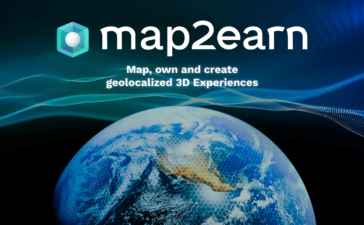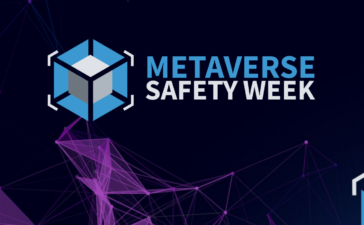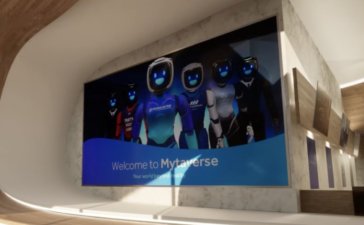New HoloSuite Feature Enables Users to Seamlessly Blend Volumetric Video Clips
Arcturus, volumetric video editing and streaming tools provider, has been at the forefront of virtual production, revolutionizing immersive content experiences across a vast range of verticals.
As part of its efforts to bring volumetric video to a wider audience, it prioritizes research and development of new tools that allow creators to fully harness the power of volumetric video. One of its latest releases is an innovative tool that aims to transform virtual production, XR storytelling, and metaverse experiences on HoloSuite.
Blend: Connecting Volumetric Video Clips With Seamless Transitions
Arcturus recently unveiled a new beta tool that further amplifies the capabilities of HoloSuite, its flagship platform for volumetric video. The “Blend” tool, a product of years of research and development by the Arcturus team, gives users a unique way to explore new forms of digital storytelling, build immersive experiences, develop metaverse content, and more.

With Blend, users can connect volumetric video clips and blend them seamlessly. Creators can now take live-action clips, use volumetric video characters to populate virtual backgrounds, and build branching narratives with imperceptible transitions between tracks.
With the new tool, creators of metaverse experiences can use people instead of computer-generated avatars in their content. They can insert blended volumetric video clips of live-action 3D performances into digital environments without having to create digidoubles. Blend also allows users to blend and loop multiple recordings of a photorealistic subject.
“Volumetric video isn’t just offering content creators new ways to do old things better; with the right tools, it offers possibilities that simply weren’t there before,” said CEO of Arcturus, Kamal Mistry, in a press release shared with ARPost. “Our new tools will open up a huge range of potential uses across multiple industries, and soon we will begin to see content unlike anything that’s ever been seen before.”
The Arcturus team designed and developed the Blend tool to meet the emerging demands of volumetric video users. While still in beta, all current HoloSuite users have access to the tool and can provide their feedback to help improve its capabilities.
With the beta testing running over the next few months, the team can fine-tune functionalities and ensure compatibility and stability before the tool becomes a standard feature on the platform.
More HoloSuite Updates From Arcturus
The Blend tool is just one of the several updates released for HoloSuite last month. Along with it, Arcturus also released a host of quality-of-life improvements and upgrades that open a wider range of potential uses for HoloSuite across multiple industries.
Unity users can now enjoy improved OMS playback with their HoloSuite plugins. This provides them with better viewing controls for volumetric video files within Unity. Support for upgrades for OMS playback on Unreal Engine 5 is expected to roll out soon.
Game engine users can now also use “Generate Normals” to smoothen noise for better relighting on volumetric subjects. For more dynamic viewing, HoloSuite added new lighting preferences that include adding environmental lighting directly within HoloEdit. The new native 4DS file support also allows users to import data directly from 4DViews.

Framing the Future of Video
Arcturus is committed to giving content creators the tools they need to create authentic digital human representations and immersive experiences. To further advance technology in this field, it has announced a new $11 million round of Series A funding in November 2022. The funding, led by CloudTree Ventures with substantial investments from Epic Games and Autodesk, signifies confidence in the vast potential of volumetric video.
The new funding will help Arcturus grow its infrastructure and continue developing the HoloSuite platform. It will help expand research into new tools that further the use of AI in volumetric video production, improve 3D data capture, and enhance live streaming on digital platforms among many others.
Just like the Blend tool, more tools and techniques are bound to revolutionize the way users create and interact with digital content. As it unlocks new possibilities for virtual production through state-of-the-art 3D creation tools, Arcturus is framing the future of video.
New HoloSuite Feature Enables Users to Seamlessly Blend Volumetric Video Clips Read More »
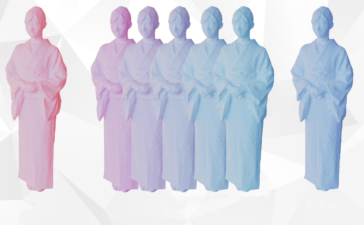
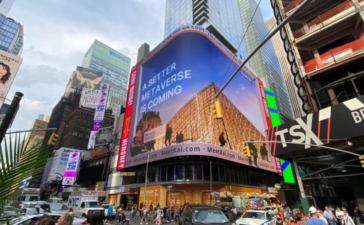







 17
17 16
16 15
15 14
14 13
13 12
12 11
11 10
10


 06
06 05
05 04
04 03
03




